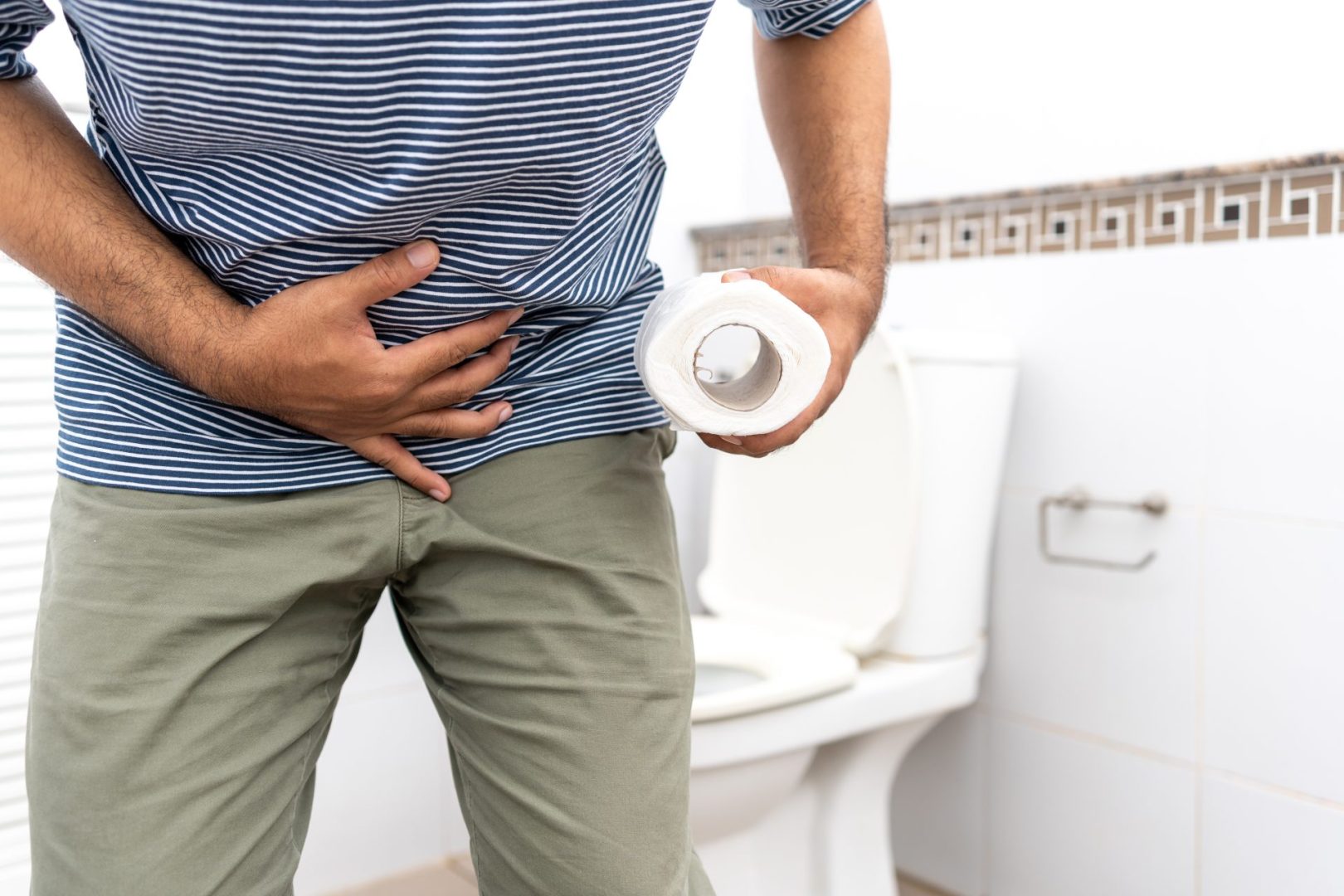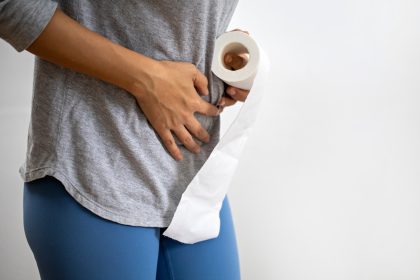If you’ve ever experienced the discomfort of constipation, you’re certainly not alone. This common digestive issue affects approximately one in ten American adults, causing everything from physical discomfort to disruptions in daily life. While not typically discussed in polite conversation, understanding the causes and finding effective solutions can make a significant difference in managing this widespread condition.
What defines constipation?
Constipation occurs when bowel movements become difficult or less frequent than what’s normal for an individual. Medical professionals typically define it as having fewer than three bowel movements weekly, though this can vary based on personal patterns. The condition ranges from occasional discomfort to chronic issues that may signal underlying health concerns.
When stool moves too slowly through the digestive tract, it becomes dry and hard, making it painful to pass. This slowdown can happen for numerous reasons, from simple dehydration to more complex health conditions.
For many, constipation represents a temporary inconvenience, but for others, it becomes a persistent health challenge requiring medical attention. The condition affects people of all ages, though certain groups face higher risks.
Seven common causes of constipation
- Insufficient fluid intake Dehydration ranks among the most frequent causes of constipation. When the body lacks adequate water, it extracts more fluid from food waste passing through the colon, resulting in harder, drier stools that become difficult to pass. Maintaining proper hydration proves essential for keeping bowel movements regular and comfortable.
- Low-fiber diet Modern diets often lack sufficient fiber, particularly when they include processed foods, refined carbohydrates, and high amounts of animal products. Fiber adds bulk to stool and helps it move more efficiently through the digestive tract. The absence of adequate fiber from fruits, vegetables, whole grains, and legumes significantly contributes to constipation issues.
- Sedentary lifestyle Physical inactivity slows digestive processes considerably. Regular movement stimulates intestinal muscle contractions that help move waste through the colon. People who sit for extended periods or exercise infrequently often experience more digestive slowdowns than their active counterparts.
- Medication side effects Many common medications list constipation as a side effect. These include certain pain relievers, antidepressants, blood pressure medications, iron supplements, and antihistamines. Anyone experiencing constipation should review their medication list with a healthcare provider to identify potential culprits.
- Digestive disorders Underlying health conditions like irritable bowel syndrome (IBS), diverticulosis, or inflammatory bowel disease can disrupt normal digestive function. These conditions often require medical management beyond simple lifestyle changes.
- Pelvic floor dysfunction Problems with the muscles that coordinate bowel movements can make elimination difficult even when stool consistency remains normal. This issue particularly affects women who have given birth or individuals with certain neurological conditions.
- Ignoring the urge Regularly postponing bowel movements when the urge arises can lead to chronic constipation. The body may eventually stop sending proper signals, resulting in irregular patterns and discomfort.
Who faces higher risks?
Certain populations experience constipation more frequently than others. Women encounter this issue approximately 2-3 times more often than men, with pregnancy and hormonal fluctuations playing significant roles. The risk increases substantially during pregnancy when hormonal changes slow digestion and the growing uterus puts pressure on the intestines.
Older adults also face elevated risk factors as age-related changes affect digestive processes. After age 65, many experience decreased intestinal muscle strength and may take medications that contribute to constipation.
People with neurological conditions like multiple sclerosis, Parkinson’s disease, or spinal cord injuries often struggle with chronic constipation due to disruptions in the nerve pathways that control bowel function.
Recognizing when to seek help
While occasional constipation rarely indicates serious problems, certain symptoms warrant medical attention. These include:
Constipation that lasts longer than three weeks despite home remedies Severe abdominal pain Blood in the stool Unexplained weight loss Significant changes in bowel habits Persistent thin, pencil-like stools
These symptoms might indicate more serious conditions requiring professional evaluation.
Effective relief strategies
Fortunately, most cases of constipation respond well to simple interventions. The following approaches often provide relief:
Increase water intake – Aim for at least eight 8-ounce glasses daily. Warm liquids, particularly in the morning, can stimulate bowel movements.
Boost fiber consumption gradually – Adding fiber too quickly can cause bloating and gas. Work up to 25-30 grams daily through whole foods like fruits, vegetables, beans, and whole grains. A sudden increase may temporarily worsen symptoms, so gradual changes work best.
Move more throughout the day – Even moderate activity like a 20-30 minute daily walk can stimulate intestinal contractions. Exercise benefits extend beyond constipation relief to overall health improvement.
Establish a regular bathroom routine – Try visiting the bathroom at the same time each day, particularly after meals when the digestive system naturally becomes more active. Never ignore the urge to go.
Consider fiber supplements – Products containing psyllium, methylcellulose, or polycarbophil can add bulk to stool when dietary changes prove insufficient. Start with small amounts and increase gradually.
Try over-the-counter options – Stool softeners like docusate sodium or osmotic laxatives such as polyethylene glycol can provide relief for occasional constipation. Stimulant laxatives should only be used sparingly and under medical guidance.
Adjust your toilet posture – Using a small footstool to elevate your knees above your hips while sitting on the toilet creates a more natural position for bowel movements.
When home remedies fall short
For persistent cases, healthcare providers may recommend prescription medications that increase intestinal fluid or stimulate contractions. These options typically become necessary only when lifestyle changes prove insufficient.
In rare cases, biofeedback therapy helps retrain pelvic floor muscles for proper coordination during bowel movements. This specialized treatment works particularly well for people with pelvic floor dysfunction.
Prevention remains the best approach
Maintaining digestive health through consistent habits proves far easier than treating established constipation. A fiber-rich diet, adequate hydration, regular physical activity, and responding promptly to bowel movement urges create the foundation for digestive wellness.
Remember that normal bowel movement patterns vary considerably between individuals. What constitutes regular function for one person might differ significantly from another’s experience. Understanding your personal patterns helps identify meaningful changes that warrant attention.
While constipation rarely indicates serious medical conditions, persistent or severe symptoms deserve professional evaluation to rule out underlying issues and develop appropriate treatment strategies.
With thoughtful attention to diet, hydration, and lifestyle factors, most people can maintain healthy digestive function and avoid the discomfort of constipation entirely.

















